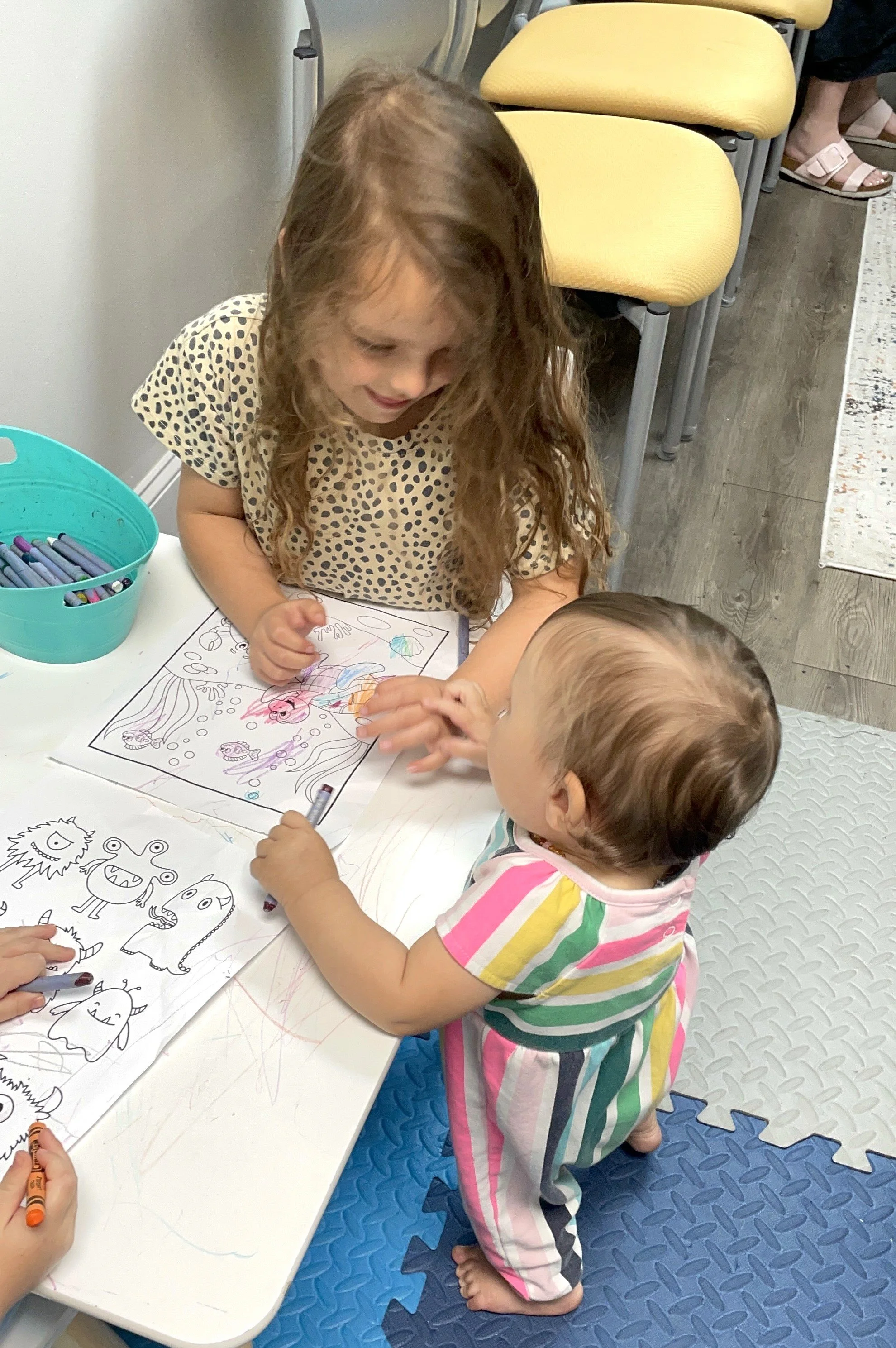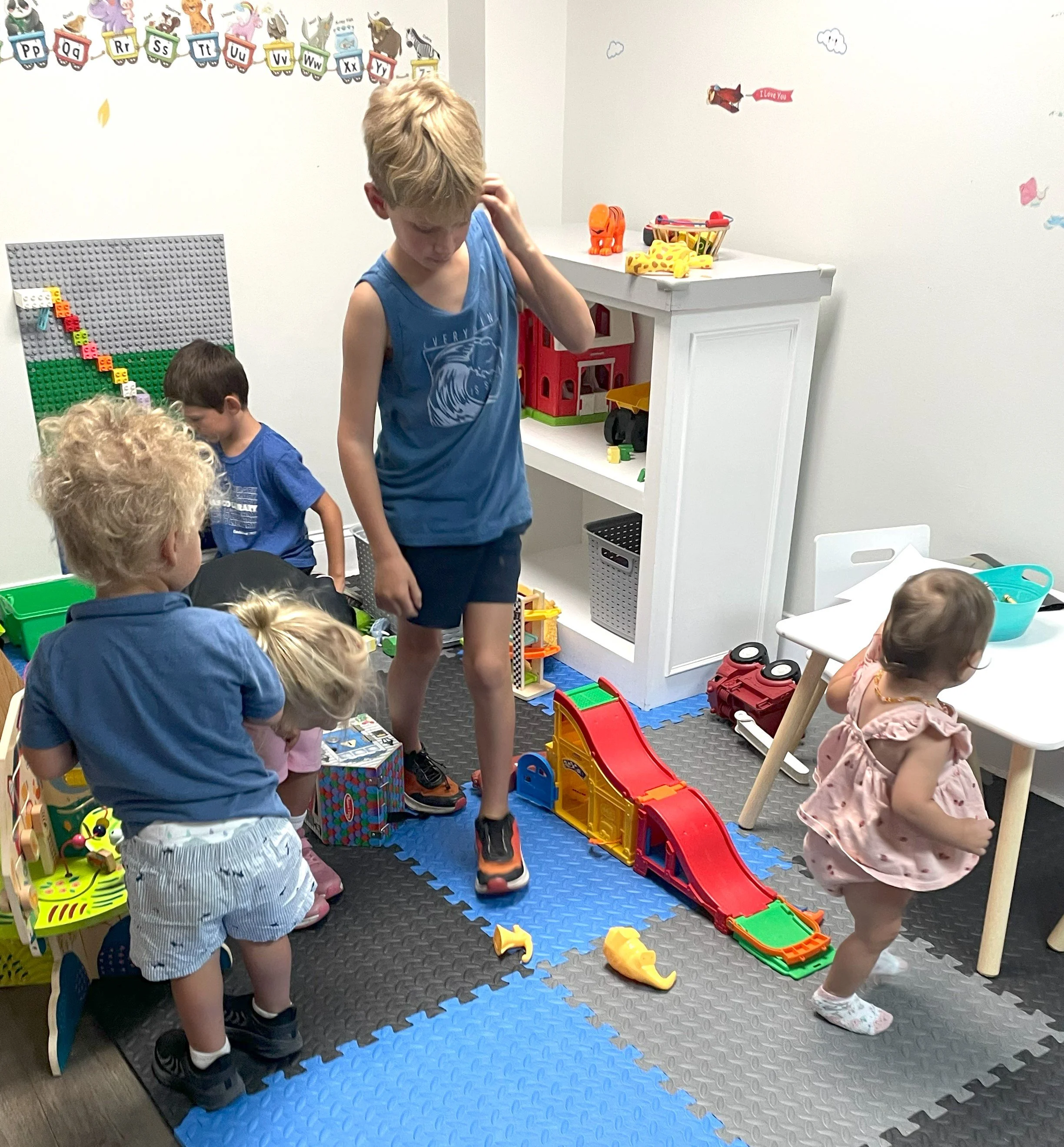You’ve Tried Everything for Speech… Here’s What Everyone Overlooks
You’ve been there—sitting in another speech therapy session, practicing the same drills at home, doing everything “right.” You’ve invested time, money, and heart… yet progress still feels slow. If that’s you, you’re not alone—and you’re not missing anything as a parent.
Nearly 1 in 12 children ages 3–17 experiences a voice, speech, language, or swallowing disorder. Most approaches focus on the output (sounds, muscles, and drills) while missing what’s happening upstream in the brain and nervous system. When the nervous system is stressed and stuck in “fight or flight,” the foundations for speech simply aren’t available—no matter how many reps you put in.
The core issue often isn’t “more drills.” It’s that stress and interference within the nervous system are disrupting how speech develops and functions in the first place.
Meet Daniel: When the Foundation Finally Clicked
Daniel came to New Hope Chiropractic with challenges in reading, speech delay, fine motor skills, and emotional regulation. Early life stressors—maternal stress, premature birth, and birth trauma—had his nervous system on high alert from the start. Sleep was tough, and his stress responses were heightened, making focus, learning, and emotional stability even harder.
Daniel’s mom was determined to help him with speech, reading comprehension, and emotional balance. She knew these weren’t “willpower problems”—they were signals of a nervous system under strain.
With consistent, neurologically-focused care, our goal has been to calm and regulate Daniel’s nervous system so the brain can better process, integrate, and coordinate. In a short time, we began to see the foundation shift—clearer speech, improving reading comprehension, steadier emotions, and better sleep rhythms. When the nervous system finds regulation, kids can finally access the skills they’ve been working so hard to build.
How Speech Actually Works (The 3-Step Neurological Process)
Input – The brain receives sensory/auditory information: hearing sounds, feeling tongue/jaw position, and watching others speak.
Integration – The brain organizes and plans the sequence: timing, coordination, breath, posture, and motor planning.
Output – The brain sends signals to the speech muscles to produce sounds and words.
Most plans only work on Step 3. But if there’s interference in Steps 1–2 (input and integration), output will always be inconsistent or delayed—no matter how hard your child works.
When the Foundation Is Stressed: Subluxation, Birth Stress & the Brainstem
Subluxation is a chiropractic term describing stress and interference within the nervous system that can disrupt brain–body communication. In kids, it often traces back to early stressors—tension during pregnancy, fast/long labors, forceps or vacuum, C-section, or even a “normal” birth that was simply hard on a tiny neck and brainstem.
That upper-cervical/brainstem region helps coordinate posture, breath, swallow, and speech motor control. When it’s stressed, kids may experience:
Challenges in motor planning (e.g., apraxia-type patterns)
Abnormal muscle tone/coordination of jaw, tongue, face, and breath
Difficulties with timing, rhythm, and endurance for speech
The Vagus Nerve: The Overlooked Link
The vagus nerve helps regulate breath, swallow, vocalization, and the autonomic (fight/flight vs. rest/regulate) balance. When kids are stuck in sympathetic overdrive, they can’t access calm, coordinated speech control. Supporting vagal tone and overall regulation helps unlock the rest-and-regulate state where speech, focus, and learning thrive.
Why Speech Delays Often Travel with Other Challenges
Speech develops on top of earlier foundations:
Nervous system regulation
Gross motor coordination and posture
Gut–brain balance (sleep, bowel patterns, vagal tone)
Basic sensory processing
When those “under-the-hood” systems are still stressed, kids often show sleep struggles, digestive issues, sensory challenges, and missed motor milestones alongside speech delays. It’s all connected through the nervous system.
A Different Way Forward: The Neurologically-Focused Approach
Step 1: Map the Story (Perfect Storm History)
We take a detailed look at pregnancy, birth, early stressors, illnesses, and milestones to understand how the nervous system got overwhelmed.
Step 2: Measure the Nervous System (INSiGHT Scans)
Objective, non-invasive INSiGHT Scans help us see how the nervous system is functioning—tension patterns, balance, and autonomic regulation. This gives you answers and a starting point.
Step 3: Gentle, Specific Care
With precise, gentle chiropractic adjustments, we work to reduce interference, restore balance, and improve regulation so the brain can process, integrate, and coordinate—making speech work more effective.
Your Role as an Empowered Parent
Trust your instincts—if progress feels stalled, look upstream.
Ask providers about nervous system function, not just muscle output.
Choose a team that collaborates (SLP, OT, PT, teachers, and chiropractic).
Expect meaningful change when the foundation is finally addressed.
Moving Forward with Hope
Every child is designed for connection and communication. When stress and interference are cleared, that design shines through.
At New Hope Chiropractic, our focus is on regulating the nervous system so your child can access the skills they’ve been working so hard to build. If you’re ready to look beyond symptoms and support the root of your child’s speech challenges, we’re here to help.
Not local? Explore the PX Docs directory to find a like-minded office near you.
Important Notes & Collaboration
We do not diagnose, treat, or cure speech or developmental disorders. Our role is to assess and improve nervous system function, often working alongside your child’s SLP and therapy team so their hard work can finally “stick.”


